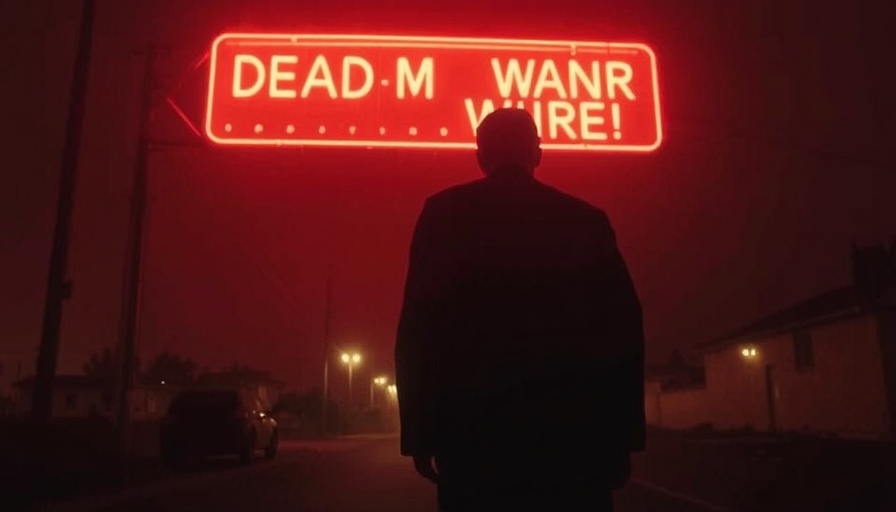
Lee Child: The Unconventional Journey of a Literary Giant
British author Lee Child, known for his blockbusting Jack Reacher series, has lived a life that defies convention. Born in the West Midlands, this former law student transformed into a globetrotting novelist after his television career was cut short by corporate restructuring. His debut novel, Killing Floor, released in 1997, marked the beginning of a franchise that has captured the imaginations of millions worldwide. Adapted into films starring Tom Cruise and a recent Amazon Prime series, Child's work represents a significant cultural phenomenon that has evolved over more than two decades.
Cultural Impact and Personal Philosophy
Child’s reflections on life and society reveal a keen awareness of the changing cultural landscape. In a recent interview, he candidly spoke about his views on success, happiness, and even his long-standing habit of smoking, which he embraces unapologetically. His remark about the median middle-aged black woman in the U.S. reflects Child's perspective on hard work and systemic inequality, poignant issues that resonate deeply with today’s social discussions. As Child emphasizes, perseverance in the face of adversity is paramount.
The Reality of Aging and Authenticity
In discussing his physical appearance, notably his chin, Child humorously embraces the idea of having "a kettle hung off it," highlighting a rare vulnerability in a often unimaginatively polished literary realm. This self-deprecation resonates with many, making him relatable to readers who appreciate authenticity in an age where image often overshadows reality.
Declining Fame and Wealth in Favor of Meaning
Child's frank acknowledgment of his wealth and fame—stating, "I’m as rich and famous as I need to be"—reveals a thoughtful approach to the often misconstrued metrics of success. In a world where many aspire to relentless wealth accumulation and public recognition, he represents a counter-narrative. Instead of chasing further notoriety, he prioritizes personal satisfaction and the joys of life itself, such as painting and literacy, over societal expectations.
Future Aspirations: Writing Beyond Boundaries
Looking forward, Child is not just resting on his laurels. With the upcoming release of Exit Strategy, the 30th Jack Reacher thriller, he plans to continue exploring new dimensions in storytelling alongside his brother Andrew. Their collaboration promises to keep the series fresh and engaging, as familial ties intertwine with creative expression.
Lessons for Digital Nomads: Embracing Change and Authenticity
As digital nomads often seek transformative experiences across cultures, Child's journey exemplifies the importance of adaptability and authenticity. His successful transition from television to writing serves as an inspiration for those pursuing varying paths, reminding them that change can lead to fulfilling careers and personal growth. Lee Child understands that in our pursuit of a meaningful life, we must remain both fearless and authentic—a lesson applicable for anyone traversing new terrains, be they physical or intellectual.
Final Thoughts: The Richness of Life Beyond Success Metrics
Ultimately, Lee Child’s narrative is a reflection of prioritizing personal fulfillment over societal validations of success. His life and career encourage all of us—especially digital nomads exploring the world—to find joy in our uniqueness and the authenticity behind our stories. As we navigate through various cultures and experiences, engaging fully with the present, we can strive to define success on our own terms.
Are you ready to redefine your path and embrace the authentic journey that lies ahead? Seeking inspiration from Lee Child's journey might be the first empowering step toward realizing your own unique narrative.
 Add Row
Add Row  Add
Add 




Write A Comment